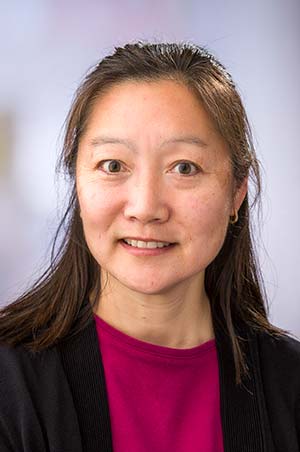MINNEAPOLIS– A national study led by the Blood and Marrow Transplant Clinical Trials Network (BMT CTN) found that patients with blood cancers and other blood diseases experienced similar transplant outcomes regardless of their chances of finding a fully matched unrelated donor (MUD) when a donor search prognosis-based strategy was used.
The findings, published in the Journal of Clinical Oncology, mark the first multi-center study to evaluate the entire donor search process with this approach. By rapidly moving patients unlikely to find an HLA-matched (8/8) MUD to alternative donors—including mismatched unrelated donors (MMUD), haploidentical relatives, or umbilical cord blood—the strategy shortened the time to transplant without affecting outcomes. Researchers reported no differences in overall survival at two years, nor in relapse, treatment-related mortality, disease-free survival, or rates of acute or chronic graft-versus-host disease.
“As a physician, a primary concern following a blood cancer diagnosis is getting my patient to transplant quickly, as the benefits of transplant diminish as the disease progresses,” said Stephanie Lee, M.D., M.P.H., principal study investigator, professor and section head of hematologic malignancies at Fred Hutch Cancer Center, and holder of the David and Patricia Giuliani/Oliver Press Endowed Chair in Cancer Research. “Patients can face complications, greater resistance to treatment and worse outcomes if a prolonged search for a fully matched donor delays transplant. A search prognosis score-based strategy can help teams make rapid, evidence-based decisions about which donor to pursue.”
The study enrolled 1,751 patients with malignant and non-malignant blood diseases—including lymphoma, leukemia and sickle cell disease—at 47 transplant centers. Patients were classified as Very Likely, Less Likely or Very Unlikely to find a MUD based on their human leukocyte antigen (HLA) type and self-identified race or ethnicity. Those in the Very Likely group proceeded to a MUD transplant, while those in the Very Unlikely group moved directly to alternative donor sources.
“Historically, the established approach was to delay transplant while physicians searched for a matched unrelated donor, even when chances were statistically slim,” said Steven Devine, M.D., chief medical officer of NMDP and senior scientific director at CIBMTR. “This new evidence gives clinicians unequivocal evidence to immediately proceed to transplant with the best available alternative donor—whether fully matched or not—so patients can have the greatest chances for survival.”
The study was conducted by BMT CTN investigators from U.S. transplant centers, CIBMTR (Center for International Blood and Marrow Transplant Research), the Emmes Company and NMDP. Building on these results, NMDP and CIBMTR have updated donor selection guidelines in the Journal of Transplantation and Cellular Therapy to recommend broader adoption of the strategy. Work is underway to incorporate the approach into operational donor selection systems.






